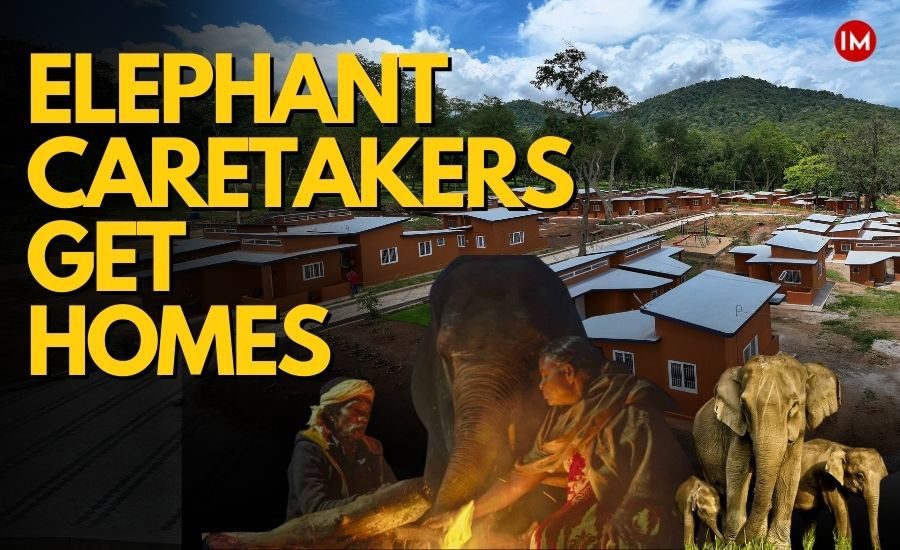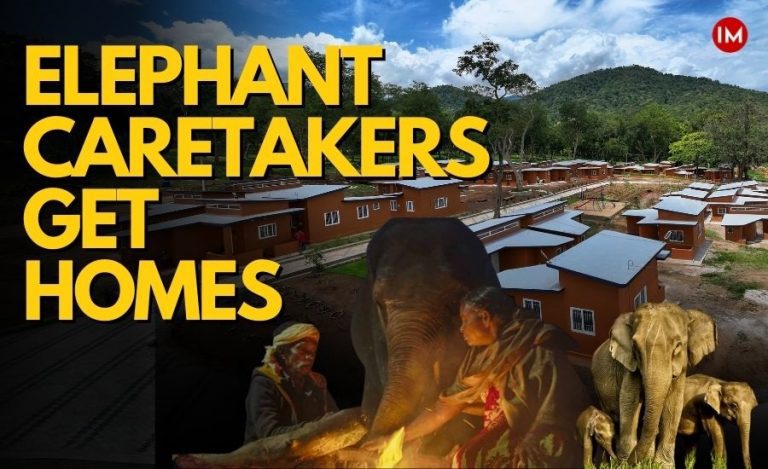For generations, they have lived alongside giants, their lives intertwined with the gentle rumble and knowing eyes of elephants. They are the mahouts and kavadis, the steadfast caretakers who forge bonds of kinship with these magnificent creatures within India’s protected forests. Their stories, often whispered in the rustling leaves and echoing through the dense woods, found a global voice with “The Elephant Whisperers.” This newfound recognition has blossomed into a tangible tribute: India’s first Mahout Village, a dedicated haven at the Theppakadu Elephant Camp in the Mudumalai Tiger Reserve.
THE GENESIS OF AN ODE
This groundbreaking initiative, brought to life by the Tamil Nadu Forest Department at a cost of Rs 5.06 crores, transcends mere housing. It embodies a deep-seated respect for the profound connection between these dedicated individuals and the elephants under their care. “The idea was born out of deep respect for the bond that mahouts and kavadis share with elephants,” IAS Supriya Sahu (1991 batch, Tamil Nadu cadre), Additional Chief Secretary for Environment, Climate Change, and Forests, explained to Indian Masterminds. “These men live with, care for, and consider elephants as part of their own family. After ‘The Elephant Whisperers’ brought their stories to the global stage, there was a renewed sense of urgency to give them the dignity, comfort, and recognition they’ve always deserved.”
The entire project, funded by the Tamil Nadu Forest Department, was meticulously planned with an eye towards long-term sustainability and functionality. The allocated budget facilitated the construction of 44 eco-friendly homes, thoughtfully integrated with community spaces like a playground and sitting areas. To minimise ecological impact and ensure future readiness, the village is equipped with solar fencing and lights.
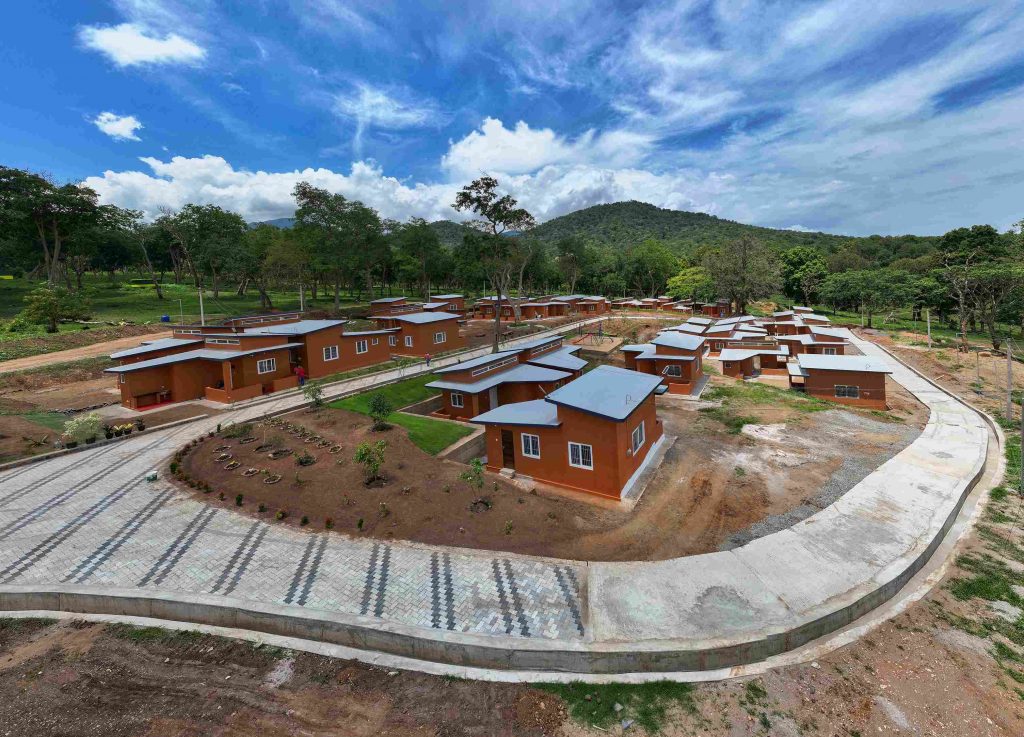
VOICES SHAPING THE VILLAGE
Crucially, the design process was a collaborative endeavour, actively involving the very people who would call this village home. Mahouts and kavadis were consulted on every aspect, from the layout of their individual dwellings to the communal spaces. Their direct input shaped the village, ensuring it truly met their needs and reflected their way of life. “Mahouts and kavadis were consulted throughout the process,” reveals Ms Sahu, “they chose the layout of their homes to the open spaces outside their homes. Their inputs brought heart and authenticity to the space.”
A TAPESTRY OF CULTURE AND CONSERVATION
Wandering through the village lanes becomes a poignant experience, each path bearing the name of an elephant, a subtle yet powerful acknowledgement of the deep relationships fostered within the camp. This thoughtful detail, coupled with the environmentally conscious integration of solar power, underscores the project’s dual commitment to cultural heritage and ecological responsibility. “Naming the lanes after elephants was a beautiful way to preserve stories of love, loyalty, and companionship,” Ms Sahu elaborates. “And going solar wasn’t just a smart move; it was a respectful one. The village lies in the heart of a tiger reserve, so the design had to work with nature, not against it.”
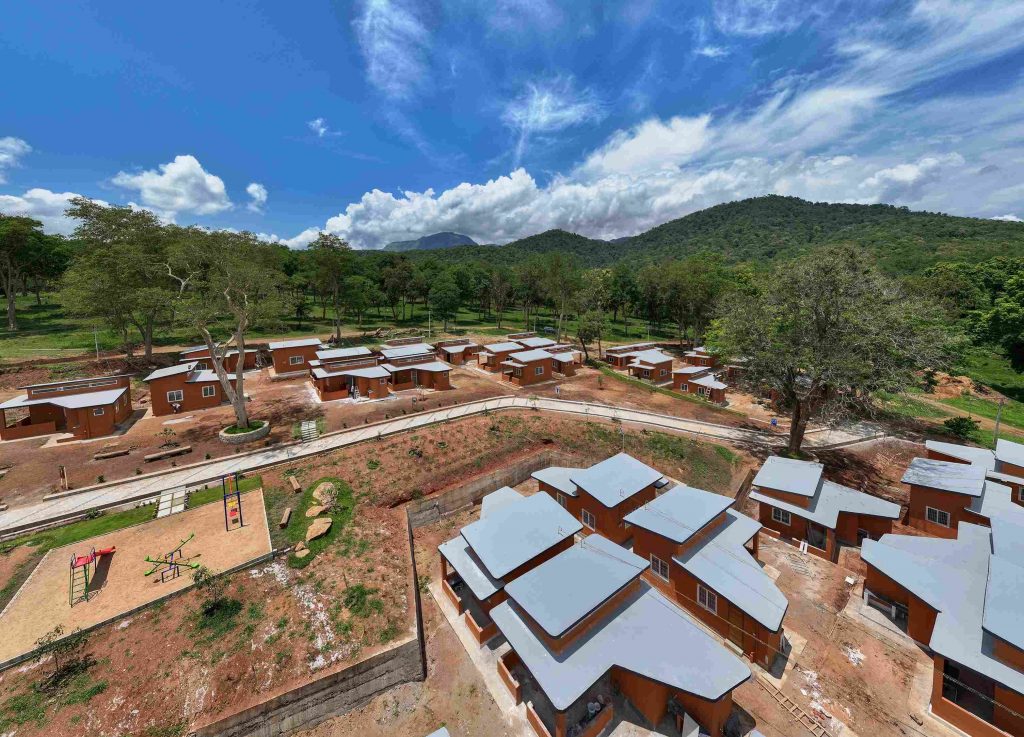
The Theppakadu Elephant Camp, home to 27 elephants with a rich history, now sees its role in elephant conservation and community welfare significantly enhanced by the presence of the Mahout Village. Providing dignified housing in close proximity ensures the elephants receive consistent, round-the-clock care. Beyond this practical benefit, it cultivates a stronger sense of belonging and purpose within the mahout community. They transition from being mere employees to becoming acknowledged stewards of a shared legacy.
INVESTING IN LONG-TERM WELL BEING
Recognising that well-being extends beyond housing, the government has implemented measures to support the long-term welfare and professional growth of the mahouts and kavadis. These initiatives encompass health schemes, financial assistance, and skill development programs. In a recent endeavor, mahouts even had the opportunity to travel to the Thailand Elephant Conservation Centre for specialised training, a first for many of them. “The housing is just one step,” affirms Ms Sahu. “The government has rolled out schemes for health, financial support, and skill development… We are consciously making efforts to ensure that mahouts are not only taken care of today but also empowered for tomorrow.”
The success of the Mahout Village has sparked considerable interest, with many recognising its potential for replication across India’s other elephant camps. Tamil Nadu has already taken a significant step in this direction, establishing a similar project with 47 homes at the Kozhikamuthi Elephant Camp. These examples demonstrate the feasibility and necessity of such initiatives when driven by political will and strong community engagement.
BIODIVERSITY HOTSPOT AND THE INFLUENCE OF GLOBAL RECOGNITION
Nestled within the Mudumalai Tiger Reserve, a vital biodiversity hotspot, the Mahout Village is not an isolated development but rather an integrated component of broader conservation efforts. Alongside the village, the government has undertaken measures like installing aerial bunch cables to prevent wildlife electrocution. The very existence of the village serves as a powerful example of how development and ecological preservation can coexist and even reinforce each other.
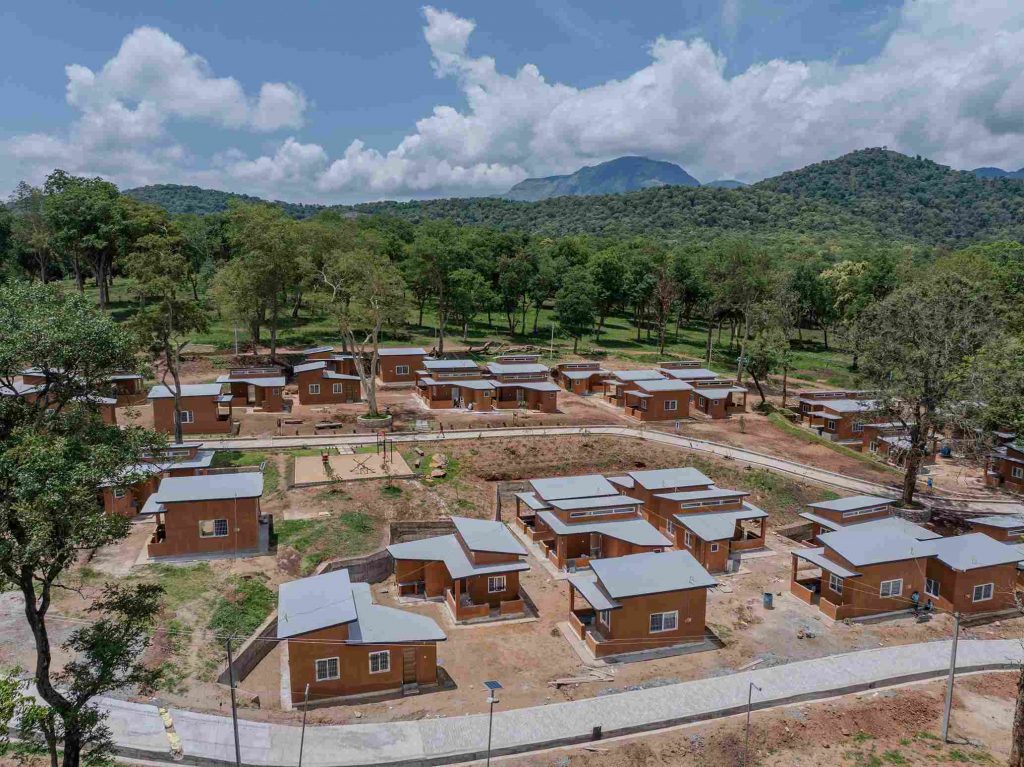
The global spotlight shone on Theppakadu through “The Elephant Whisperers,” featuring the heartwarming story of Bomman and Bellie. This recognition has undeniably amplified the significance of the Mahout Village project and heightened public awareness of the invaluable contributions of mahouts. “The film has brought more visibility to the Mahout Village,” notes Ms Sahu. “People all over the world are talking about the love, care, and expertise of these quiet heroes. It created momentum, but more importantly, it reminded everyone, especially decision-makers, of how vital mahouts are to conservation.”
OVERCOMING CHALLENGES AND BALANCING DEVELOPMENT AND PRESERVATION
The journey to realising the Mahout Village was not without its challenges. Constructing a substantial project within a protected reserve presented logistical and environmental hurdles. However, the Tamil Nadu Forest Department navigated these complexities through close collaboration with local communities, architects, and conservationists, ensuring solutions were both environmentally sensitive and practically sound.
Ultimately, for IAS Supriya Sahu, the Mahout Village represents a crucial step towards a more holistic and empathetic approach to conservation. “The key is empathy, both for people and nature,” she told Indian Masterminds. “I have always believed that conservation begins with the people who live closest to wildlife. The Mahout Village was designed not as an intrusion but as an extension of the landscape using local materials, minimal footprint, and maximum respect for the forest.”
The Mahout Village at Theppakadu stands as a powerful symbol – a sanctuary not just for the dedicated caretakers but for the enduring bond they share with the magnificent elephants, a bond that enriches both human and wild worlds.
Today, a dream comes true ! The Elephant whisperers of India get a village dedicated to them at Theppakadu Elephant Camp in the Mudumalai Tiger Reserve. India's first Mahout Village has 44 houses dedicated to every Mahout and Kavadi taking care of our precious elephants.… pic.twitter.com/qDsmwggjTV
— Supriya Sahu IAS (@supriyasahuias) May 14, 2025

